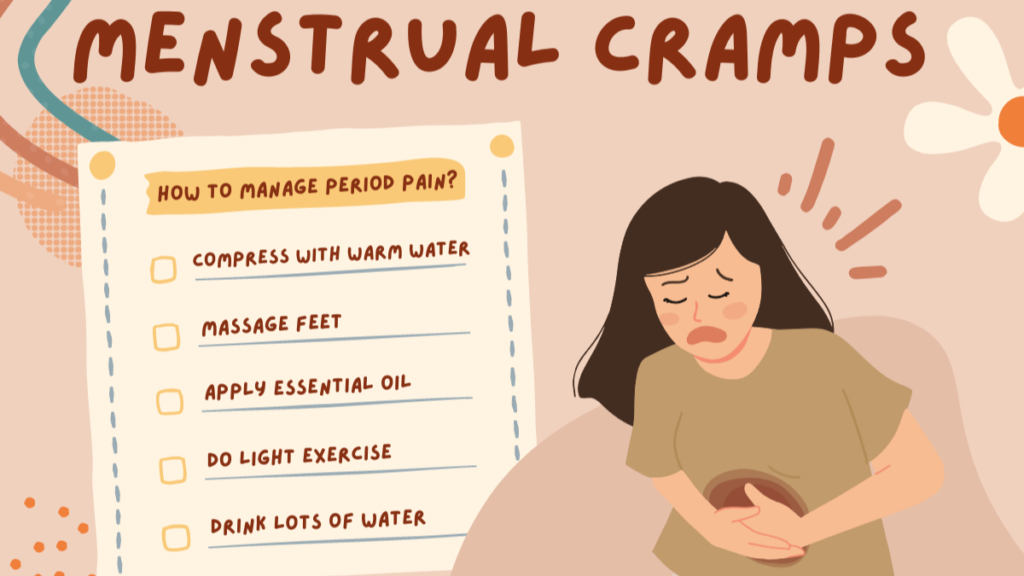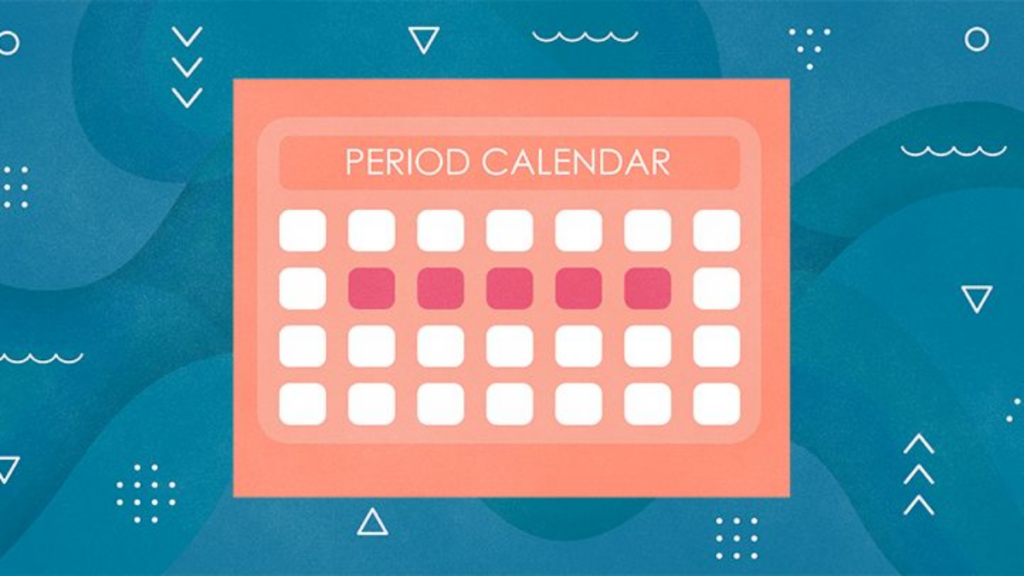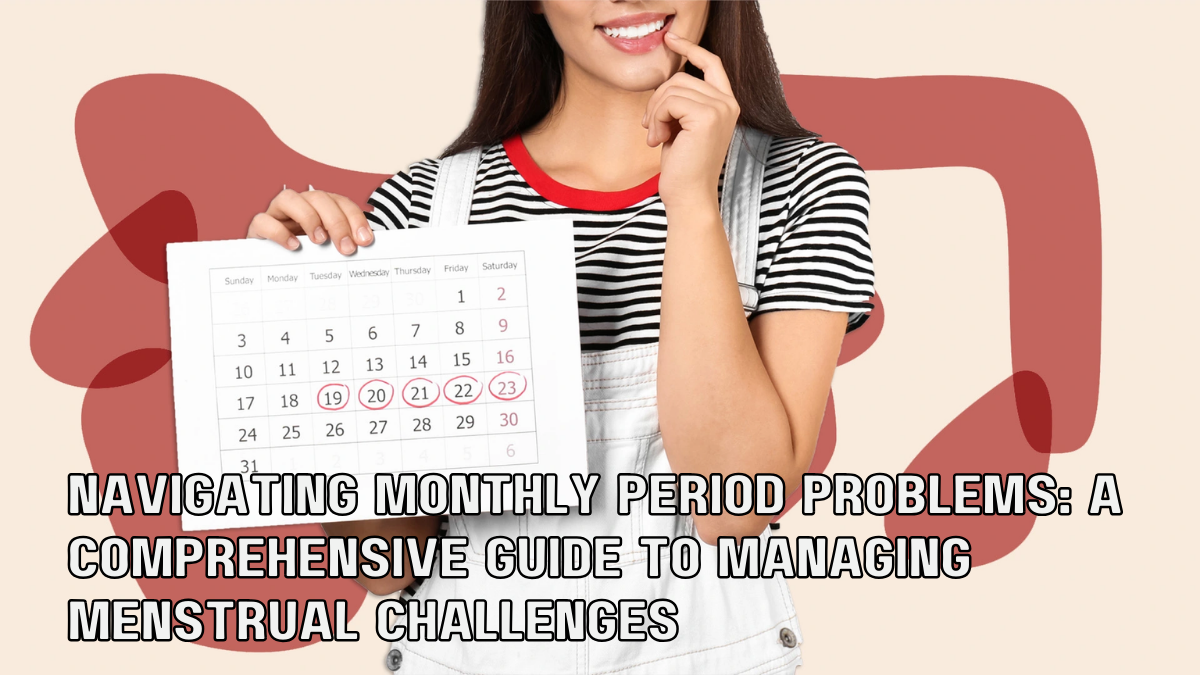Introduction:
Menstruation is a natural part of a person’s life, but for many, it can be accompanied by various challenges and discomforts. From cramps and mood swings to irregular periods and heavy bleeding, navigating monthly period problems is a common concern. In this comprehensive guide, we will explore the various menstrual challenges individuals face and provide practical tips and solutions for managing them. Whether you’re a teenager just starting your period journey or an adult looking for ways to improve your menstrual health, this guide is designed to help you better understand and address your unique needs.
Chapter 1: Understanding Menstruation
- What is menstruation, and why does it occur?
- The menstrual cycle: phases and hormones
- Menstrual age and pubertal changes

Chapter 2: Common Period Problems
- Menstrual cramps and pain relief techniques
- Irregular periods: causes and solutions
- Heavy bleeding (menorrhagia) and how to manage it
- Absent periods (amenorrhea) and potential causes
- Premenstrual syndrome (PMS) and its symptoms

Chapter 3: Hormonal Changes and Mood Swings
- Hormonal fluctuations during the menstrual cycle
- Coping with mood swings and emotional changes
- Self-care strategies for emotional well-being

Chapter 4: Dietary and Lifestyle Tips for Menstrual Health
- The role of nutrition in managing period problems
- Foods to eat and avoid during your period
- The importance of staying hydrated
- The benefits of regular exercise
- Stress management techniques

Chapter 5: Menstrual Hygiene and Products
- Choosing the right menstrual products (pads, tampons, menstrual cups, etc.)
- Maintaining good menstrual hygiene
- Environmental considerations and sustainable options

Chapter 6: Natural Remedies and Alternative Therapies
- Herbal remedies for menstrual discomfort
- Acupuncture and acupressure for pain relief
- Yoga and mindfulness for period problems

Chapter 7: Tracking Your Menstrual Cycle
- Benefits of cycle tracking
- Using apps and calendars to monitor your cycle
- Predicting and managing symptoms

Chapter 8: Support and Resources
- Seeking support from healthcare professionals
- Joining online communities and support groups
- Additional resources and references

Conclusion:
Managing menstrual challenges is not a one-size-fits-all endeavor. Each person’s experience is unique, and what works for one individual may not work for another. The key is to understand your body, track your symptoms, and be open to trying different strategies to find what works best for you. Remember that you’re not alone in your journey, and there are numerous resources and professionals available to help you navigate your monthly period problems. With the right knowledge and support, you can lead a healthier and more comfortable life, even during your period.












